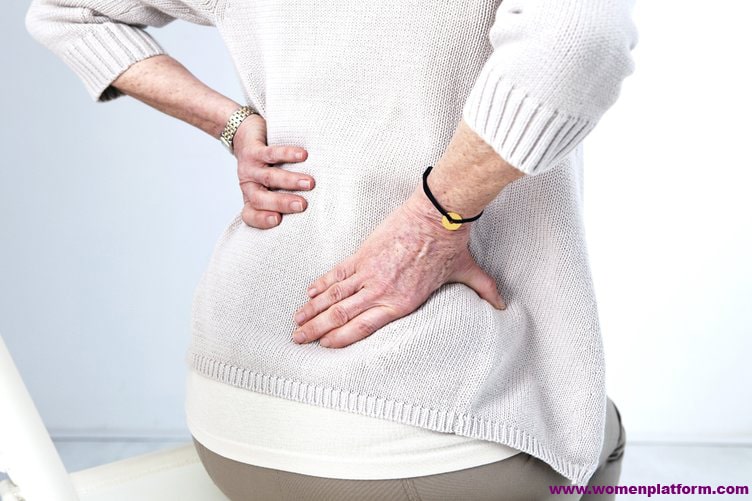
Osteoporosis, is a bone disease that occurs when body loses too much bone, makes little or no bone. Osteoporosis weakens bone and increases risk of fractures.
Osteoporosis leads to abnormally porous bones that can literally be compressed like a sponge. This disorder of skeleton weakens bone and causes frequent fractures in the bones.
The normal bone is composed of protein, collagen, and calcium, all of which give strength to bone. Bones affected by osteoporosis may break even with relatively small injuries that would not normally lead to fracture of a bone.
Although osteoporosis-related fractures occur almost in every bone of skeletal system, spine, hips, ribs, and wrists are the most common sites of bone fractures due to osteoporosis.
Hip fractures in elderly can be particularly dangerous because long-term inertia required during healing process can lead to blood clots or pneumonia, both of which can lead to fatal consequences.
At least 80% of estimated 8.9 million Americans affected by osteoporosis are women. Experts recommend that women after menopause, their bones lighter and less dense and that female body was going through hormonal changes that accelerate loss of bone mass, for they believe that women are more sensitive.

Causes Of Osteoporosis
Although exact cause of osteoporosis is unknown, process of bone becoming porous is well understood. In the early stages of life, bone breaks down and is constantly renewed, a process known as remodeling of this bone. Bone density usually reaches a peak a person’s 20s.
Bone loss usually begins in the mid-30s. The bones begin to lose faster than they can replace calcium. The bones begin to thin and less embodiment of bones occurs.
For women, bone density loss accelerates in the first five to seven years after menopause and then slows down again. Scientists believe that this rapid postmenopausal increase in bone loss is due to a sharp drop in estrogen production, which helps maintain calcium in bones.
Although some bone density loss is a natural part of aging, some women are at higher risk for bone fractures associated with osteoporosis. Women with a thin or small skeleton system are at higher risk, such as smokers, those who smoke more than moderate, or those who live a still lifestyle.
Women who have a family history of hip fracture, especially before age of 40, are more prone to this condition.
Symptoms Of Osteoporosis
- Back pain.
- Back and neck pain.
- Length shortening.
- Forward and hunched body posture.
- Fractures in bones like wrist, hip and spine.
- Simple accidents can lead to fractures in case of severe bone resorption.
- Common bone pain and tenderness in bones.
- Deformities in body caused by melting of bones.
- Increased inactivity in patient due to pain and fractures.
How To Diagnosis In Osteoporosis?
Osteoporosis is a disease is made by quantitative measurement of bone mineral density.
This technique, called bone densitometer, is extremely easy, economical and effortless for patient. It gives accurate and accurate results about bone mass.
The World Health Organization (who) has determined criteria for diagnosis of osteoporosis and determination of risk fracture.
These criteria are based on comparison of values obtained from individuals whose bone mineral density is measured with measurements of a 25-year-old woman.











